
We're talking about Dr. Domenic Iacovone, and today we've got a new product to support your quest for better health:
Revive MD Complete Vital – Address the Underlying Issues
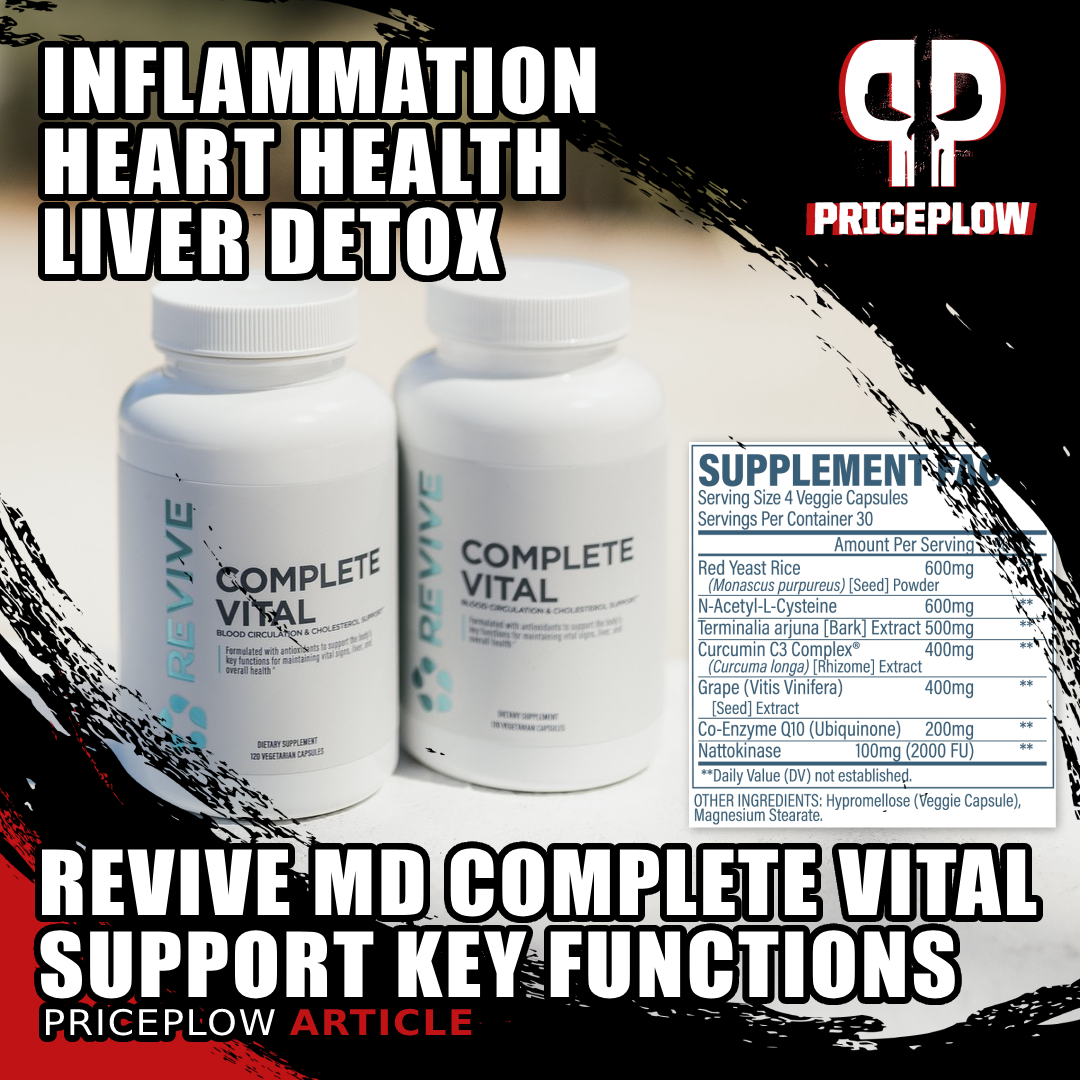
Revive MD Complete Vital is a potent cardiovascular support supplement with added liver detoxification and anti-inflammatory support
When it comes to optimizing and preserving health, shoring up nutritional deficiencies is obviously very important. Naturally, vitamins and minerals are the traditional province of the supplement industry.
Once you're ready to move beyond the basics, though, there are two physiological mechanisms that should be addressed before anything else: Inflammation and oxidative stress.
Revive MD's Complete Vital is based on that understanding – and it's been too long since we saw a more focused or sophisticated selection of ingredients for that purpose.
The big headliners here, in our opinion, are NAC (N-acetyl-cysteine) and curcuminoids, which should be considered for inclusion in anyone's longevity stack. These ingredients have been around for a while, but both, in our opinion, are still underrated – especially NAC.
The real sleeper here is red yeast rice, whose main bioactive constituent was actually captured by the pharmaceutical industry because it works so well.
So, what does it do? Read on to find out. But first, check PricePlow for product availability, coupon-based deals, and sign up for our Revive MD news alerts:
Revive MD Complete Vital – Deals and Price Drop Alerts
Get Price Alerts
No spam, no scams.
Disclosure: PricePlow relies on pricing from stores with which we have a business relationship. We work hard to keep pricing current, but you may find a better offer.
Posts are sponsored in part by the retailers and/or brands listed on this page.
This area is reserved for Team PricePlow's upcoming videos.
Subscribe to our channel and sign up for notifications so you catch it when it goes live!
-
Red Yeast Rice (Monascus purpureus) [Seed] Powder – 600 mg
Red yeast rice is a natural cholesterol-lowering ingredient.[1] Its anti-hyperlipidemic properties are so profound that one 2019 research review on the supplement refers to it as "the most effective cholesterol-lowering nutraceutical on the market."[1]
As a matter of fact, its main bioactive constituent, monacolin K, has the same chemical structure as Lovastatin, a pharmaceutical anti-hyperlipidemic drug.[1]
A 600 milligram serving of red yeast rice extract should contain approximately 9 milligrams of monacolin K – research shows that monacolin K doses in this range, when taken every day for 6 to 8 weeks, can be expected to decrease low-density lipoprotein (LDL) cholesterol by 15%-25%.[1]
Of course, to be absolutely sure of how much monacolin K we're getting per serving of Revive MD Complete Vital, we would want to see a standardized extract used, with the precise standardization disclosed on the supplement facts label, which we don't have here.
The main bioactive molecule in ready yeast rice, monacolin K, is identical to Lovastatin, a prescription cholesterol-lowering drug in the statin class. Or, better said, Lovastatin is is identical to monacolin K! This image shows the cholesterol-lowering mechanism.[1]
The good news, though, is that according to the research review cited above,[1] there's an established range of variation when it comes to monacolin K content in red yeast rice, and 9 mg per 600 mg is actually on the lower end of that range. In other words, this supplement very likely contains more than that!
The trifecta: improved HDL, Triglycerides, and LDL
Red yeast extract can also improve serum apolipoprotein B, triglyceride, and HDL-C levels, as well as flow-mediated dilation and pulse wave velocity.[1]
This is important because we've long commented on the knowledge that the ratio of triglycerides to HDL are far more powerful biomarkers than LDL alone.[2-6] The fact that this can support all of them is even more impressive.
-
N-Acetyl-L-Cysteine – 600 mg
N-acetyl-L-cysteine, also known as N-acetyl cysteine or NAC, is a crucial building block for the synthesis of glutathione (GSH), your body's most powerful endogenous antioxidant.[7] As such, optimizing GSH synthesis is absolutely critical for maintaining the body's redox-oxidation balance, and ultimately, overall health.
There's just one problem with taking supplemental GSH, though: its oral bioavailability is too low to be effective.[8] The bioavailability of the precursor, NAC, is much higher, making NAC supplementation a better strategy for upregulating GSH.
More specifically, it's the cysteine in NAC that's the precursor to GSH. We could take regular old L-cysteine instead of NAC, except that, once again, there's a bioavailability issue. Free cysteine gets prematurely degraded by first pass metabolism, but NAC, the acetylated form, doesn't.[9,10]
A 2017 research review on the benefits of NAC concluded that this acetylated amino acid is capable of:[11]
- Supporting female endocrine and ovarian health
- Improving successful birth outcomes
- Limiting liver damage caused by acetaminophen
- Supporting fertility
- Mitigating bronchitis symptoms
- Optimizing muscular performance
- Supporting hemodialysis
- Managing asthma symptoms
- Decreasing risk of neurodegenerative conditions
Everything on this list is great, but what makes NAC particularly compelling for the average person is its liver-protective effect.[12] As the liver is the "seat of all health", if you support its ability to do its job, you support your overall health in general.
However, the use of certain substances in everyday living, ranging from pain relievers to alcohol to excessive fat soluble vitamins, or engaging in aggressive forms of athletic training, can put one's liver in serious jeopardy.
Incredibly, NAC appears to selectively protect good cells, without impairing your body's natural response to bad cells. For example, some research has found that NAC can help keep healthy cells alive and flourishing during chemotherapy,[13,14] without protecting cancerous cells from the drug effect.
Importantly, NAC can also play a role in protecting DNA from being damaged by oxidative stress and inflammation.[14]
Immunological benefits
Since GSH is absolutely crucial for proper immune function,[15] it's not surprising that supplementing with NAC can improve immunity.[16,17] One study even found that NAC supplementation completely restored natural killer cell activity in people with immunological deficiencies and toxicities.[15]
NAC supplementation can also directly inhibit viral replication,[18] and has some documented activity supporting outcomes against "modern" health infections.[19,20]
NAC and alcohol
We went even deeper on our article on the standalone Revive MD NAC. The much-discussed glutathione precursor has a wide-ranging array of benefits, from supporting liver function to psychological support.
You've probably heard that NAC supplementation can be a good preventative measure against hangovers. While this may sound like an old wives' tale, it turns out that peer-reviewed studies back this up – NAC can help mitigate alcohol-induced liver damage as well.[21-23]
We don't endorse heavy drinking in any case, but if you do imbibe, then you should consider adding NAC to your before and after toolkit. Be smart.
Cardioprotective
Cysteine supplementation in general,[24] and NAC specifically,[25] have been shown to exert cardioprotective effects.
The history and legality of NAC
Given the many incredible benefits of NAC, it's wild to consider the fact that the FDA made a very suspicious attempt to ban NAC from dietary supplements back in 2021. Fortunately, the Natural Products Association (NPA) fought back, pointing out that NAC's commercial sale as a dietary supplement predates 1994, meaning it was legally eligible to be grandfathered into the "old dietary ingredient" status.
-
Terminalia arjuna [Bark] Extract – 500 mg
The arjuna tree is native to India, and has a long history of use in Ayurvedic medicine for the management of cardiovascular issues like high blood pressure, heart congestion, chest pain, and high cholesterol.[26]
Arjuna naturally contains high concentrations of potent phytochemicals like triterpenoids, flavonoids, glycosides, and β-sitosterol.[26] Most of its beneficial effects can be attributed to the triterpenoids and flavonoids.[26]
One double-blind, randomized, placebo-controlled study found that two months of supplementing with 500 mg/day of arjuna extract, when administered alongside allopathic treatments, can increase cardiovascular function to a greater extent than prescription medication alone.[27] Note that we have the same dose here in Revive MD Complete Vital.
Another study, using the same treatment dose and duration, found a substantial increase in VO2max and systolic blood pressure.[28]
-
Curcumin C3 Complex (Curcuma longa) [Rhizome] Extract – 400 mg
Turmeric is an orange spice that's in the same taxonomic family as ginger. It's been used for centuries, if not millennia, to treat or manage a seemingly endless list of ailments.[29,30]
The star players in turmeric are its curcuminoids, a category that includes curcumin. While curcumin is definitely the most famous and well-researched in the group, all of the curcuminoids have similar effects on the human body – they're all powerful anti-inflammatory and antioxidant compounds.[16]
That's why it's cool to see Revive MD using C3 Complex, an ingredient that's standardized to contain 95% curcuminoids by weight, and not only curcumin.
Peer-reviewed studies indicate that curcuminoids are as close to a silver bullet as you can get in the world of dietary supplements. The laundry list of symptoms that curcuminoids might improve or resolve touches in some way on almost every known affliction, including the diseases of civilization, like depression or diabetes.[31,32]
The near-universal power of the curcuminoids is thanks to their powerful anti-inflammatory effects.[31-33] Since chronic inflammation drives so many different kinds of physical and mental illnesses, it's not that surprising to see that down regulating inflammation could have such far-reaching benefits.
Importantly, curcuminoids can help support immune function by supporting specific immune cells like T cells, B cells, macrophages, neutrophils, NK cells, and dendritic cells.[29,30]
Summing it all up, one study simply calls curcumin a "nature-made Jack-of-all-trades."[32]
-
Grape (Vitis vinifera) [Seed] Extract – 400 mg
Grape seed extract (GSE) can significantly increase blood flow and cardiovascular function. It's loaded with powerful antioxidants including phenolic acids, flavonoids, and proanthocyanidins.[34]
Proanthocyanidin polyphenols are the main bioactive constituents here. Peer-reviewed research shows that these compounds have potent antioxidant, antidiabetic, anticancer, antimicrobial, antitumor, immunomodulatory, anti-inflammatory, cardioprotective, and neuroprotective effects.[34]
Proanthocyanidins can induce vasodilation by triggering endothelial cells to release nitric oxide (NO).[34]
Studies on GSE specifically have found that it can:[35-41]
- Increase circulation
- Decrease blood pressure
- Reduce oxidative stress
- Increase bone density
- Improve liver, kidney, and brain health
This means that users of Complete Vital may also get some athletic performance enhancement, thanks to its blood flow improvements -- we do find grape seed extract in numerous pre-workout supplements for a reason.
-
Co-Enzyme Q10 (Ubiquinone) – 200 mg
Coenzyme Q10 (CoQ10) is a powerful antioxidant that's especially effective when it comes to supporting mitochondrial respiration.[42]
Recall that mitochondria are the cellular organelles responsible for synthesizing all of your body's adenosine triphosphate (ATP), which is the form of consumable chemical energy that your cells require for performing all their metabolic functions – ATP is your body's gasoline! Unsurprisingly, if your body's ATP supply becomes inadequate due to mitochondrial dysfunction, that can be a major contributing factor to devastating illnesses like diabetes, cancer, neurodegenerative illness, and cardiovascular disease.[43]
CoQ10 is especially good at improving cardiovascular health and function, thanks to its ability to stabilize the notoriously unstable nitric oxide (NO) molecule. Remember, NO plays an indispensable role in vasodilation, so we need it to function properly in order to maintain healthy blood pressure and heart rate.[44]
-
Nattokinase – 100 mg (2,000 FU)
Nattokinase is a fibrinolytic enzyme that's seen a surge in popularity since 2020, and especially 2021 ongoing.
Why? As you can probably guess from the word fibrinolytic, it degrades fibrin, a stiff, insoluble protein that the body uses for blood clotting and scar tissue generation.[45]
When fibrin interacts with neutrophil extracellular traps (NETs), the result is a composite matrix in your bloodstream that has the potential to increase blood viscosity, cardiovascular resistance, and blood pressure.[47] Taking fibrinolytic enzymes breaks down the fibrin component of this matrix, thus dissolving it and reversing its effects – bringing blood viscosity and blood pressure back under control.[48,49]
One 2008 randomized, double-blind, placebo-controlled study showed that supplementation with nattokinase substantially decreased the severity of hypertension.[49] It could potentially even decrease one's likelihood of developing such problems in the first place, although that's researcher speculation.
Another randomized controlled trial published in 2016 found that nattokinase consumption caused a 3 mmHg decrease in systolic blood pressure, and a whopping 6 mmHg in diastolic. Both effects achieved statistical significance.[46]
While nattokinase can improve cardiovascular function in both men and women, that study found that it has a greater beneficial effect in men.[46] Given that exogenous testosterone therapy is linked to a higher risk of clotting,[50] it's reasonable to assume that nattokinase works better in men partly because it's minimizing the downsides of high testosterone levels.
Nattokinase can potentially help preserve the long-term health and function of your cardiovascular system – studies show it can decrease cholesterol and significantly reduce the progression of atherosclerosis in people with hyperlipidemia.[51]
Dosage and Instructions
Take 4 capsules per day, preferably about 30 minutes before bed or as directed by your doctor.
Complete Vital is What We Expect from Revive MD
As the industry continues to double down on new initiatives around product efficacy and purity, consumer sentiment toward supplements is improving across the board. As the average person is taking supplements more seriously, health and wellness is a huge growth category in the overall supplement market.
Complete Vital is an amazing formula, and it's a great reminder of how far the industry has come in understanding how to appeal to the health and wellness demographic. Formulas like this are what we've come to expect from Dr. Iacovone and his team at Revive MD.
Supplement research is now developing more quickly than ever, and the industry has seen its share of trial-and-error. It's exceedingly difficult to keep up with the amount of toxicity that the agri-food and pharmaceutical industries have thrust upon us. But Revive MD's actually doing quite a good job of it.
This formula is so sophisticated that it's almost as if Revive MD watched all the industry trial and error of the past decade, kept an eye on society's transgressions against the liver, and then set out to create a product using only the very best ingredients to best survive these times of toxicity.
Since Revive MD was one of the first brands to base its entire business model on premium, clinically-validated, multi-ingredient wellness formulas, it's not surprising that they would know how to do this right.
Revive MD Complete Vital – Deals and Price Drop Alerts
Get Price Alerts
No spam, no scams.
Disclosure: PricePlow relies on pricing from stores with which we have a business relationship. We work hard to keep pricing current, but you may find a better offer.
Posts are sponsored in part by the retailers and/or brands listed on this page.
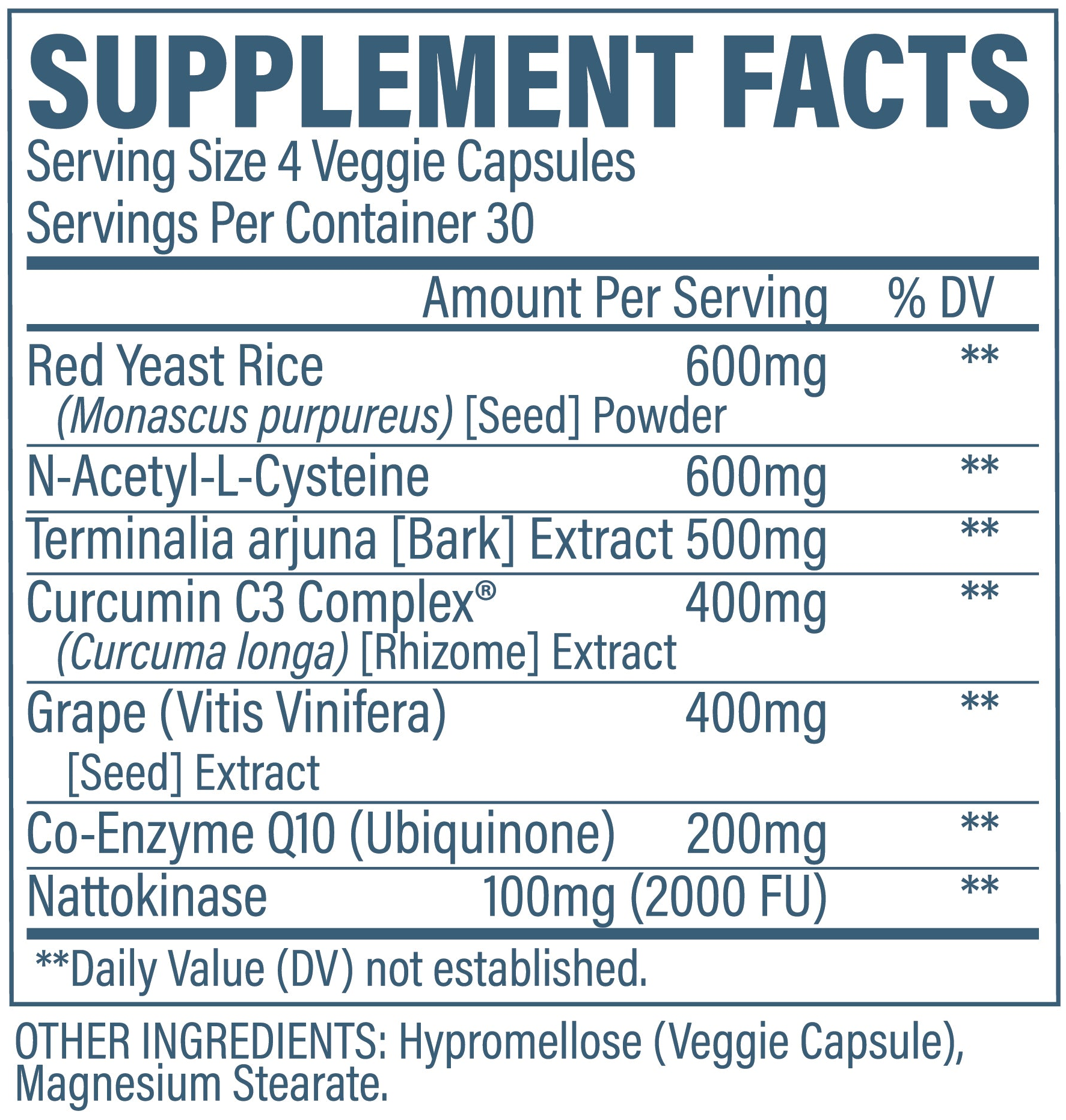
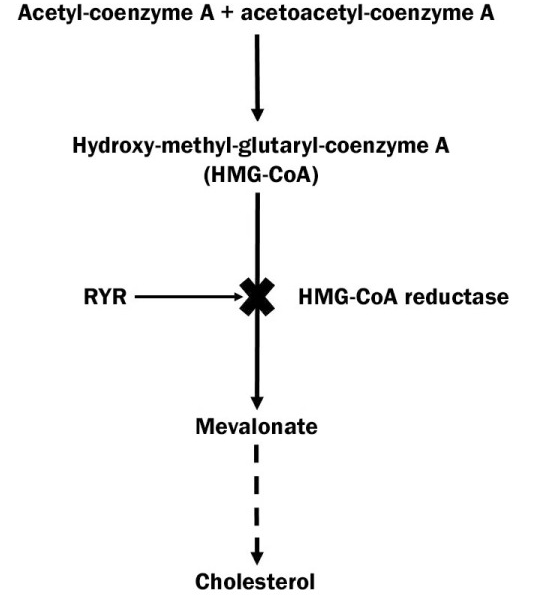
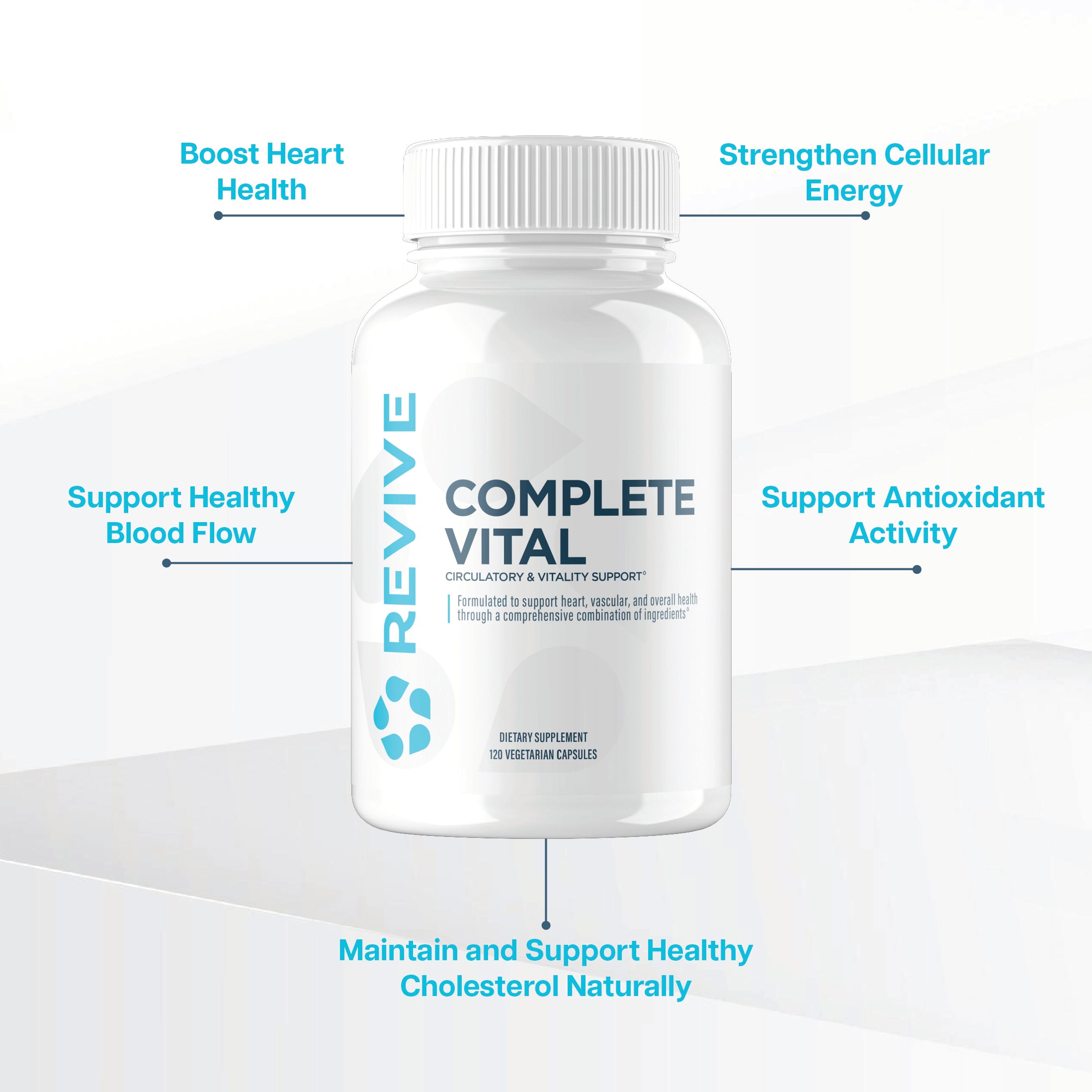
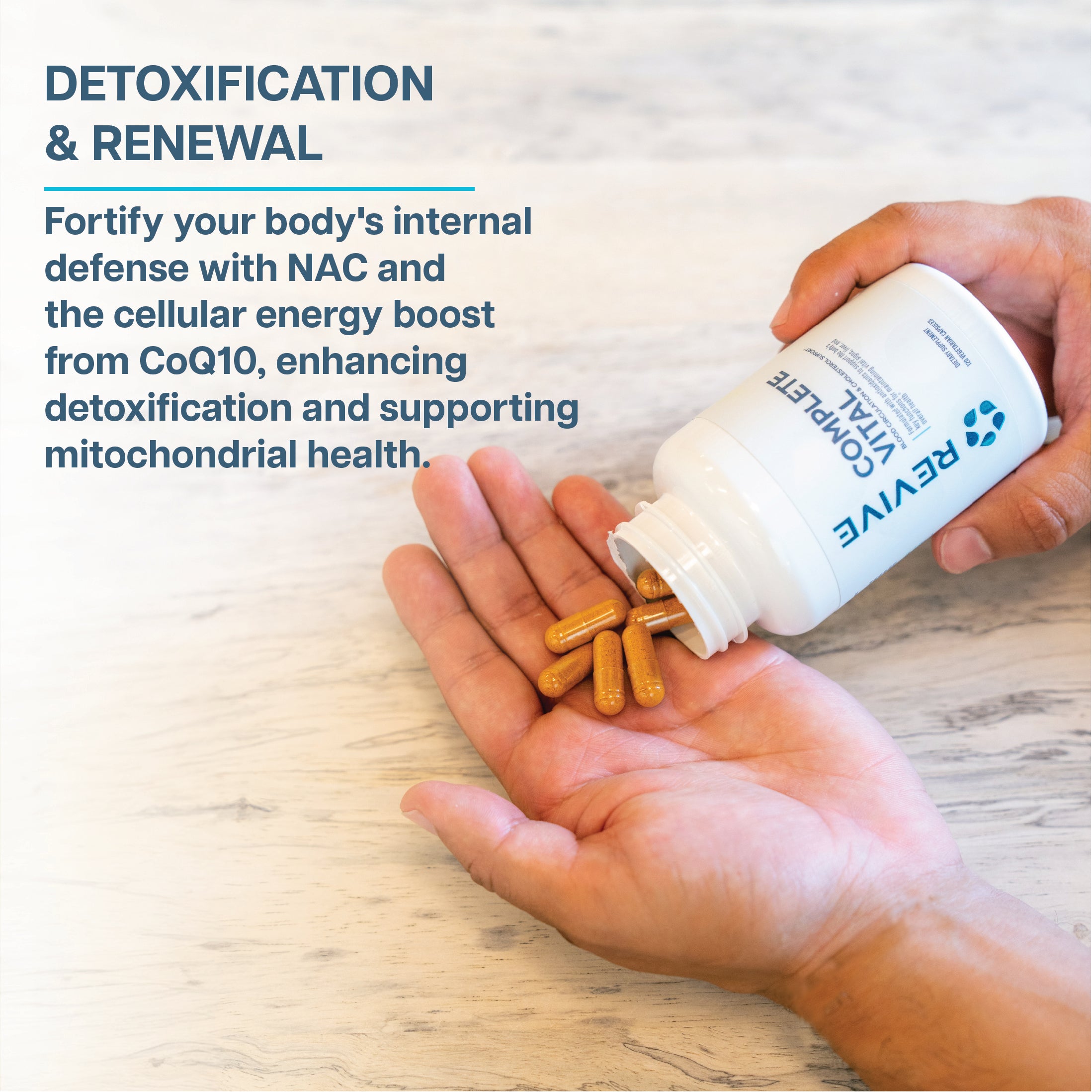
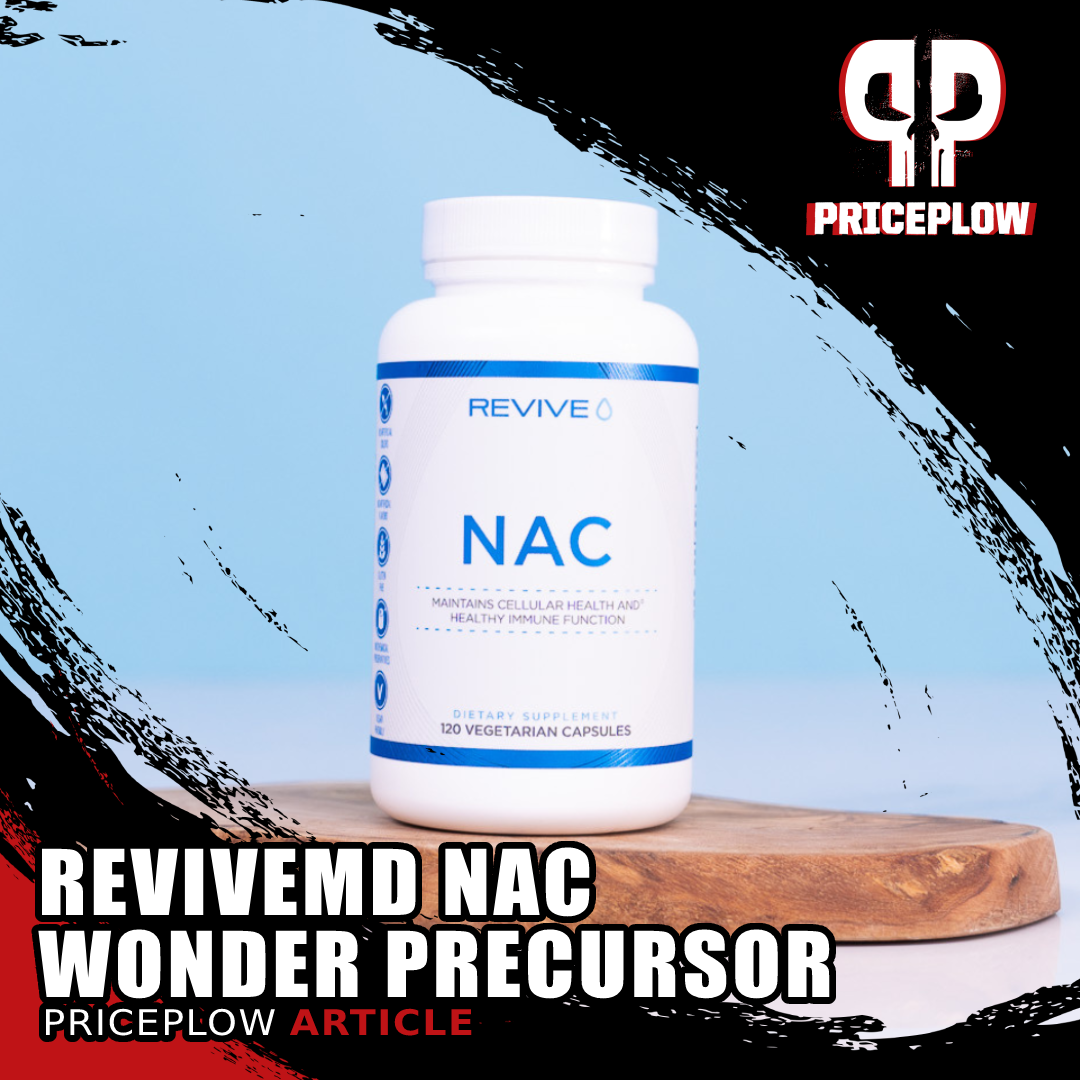
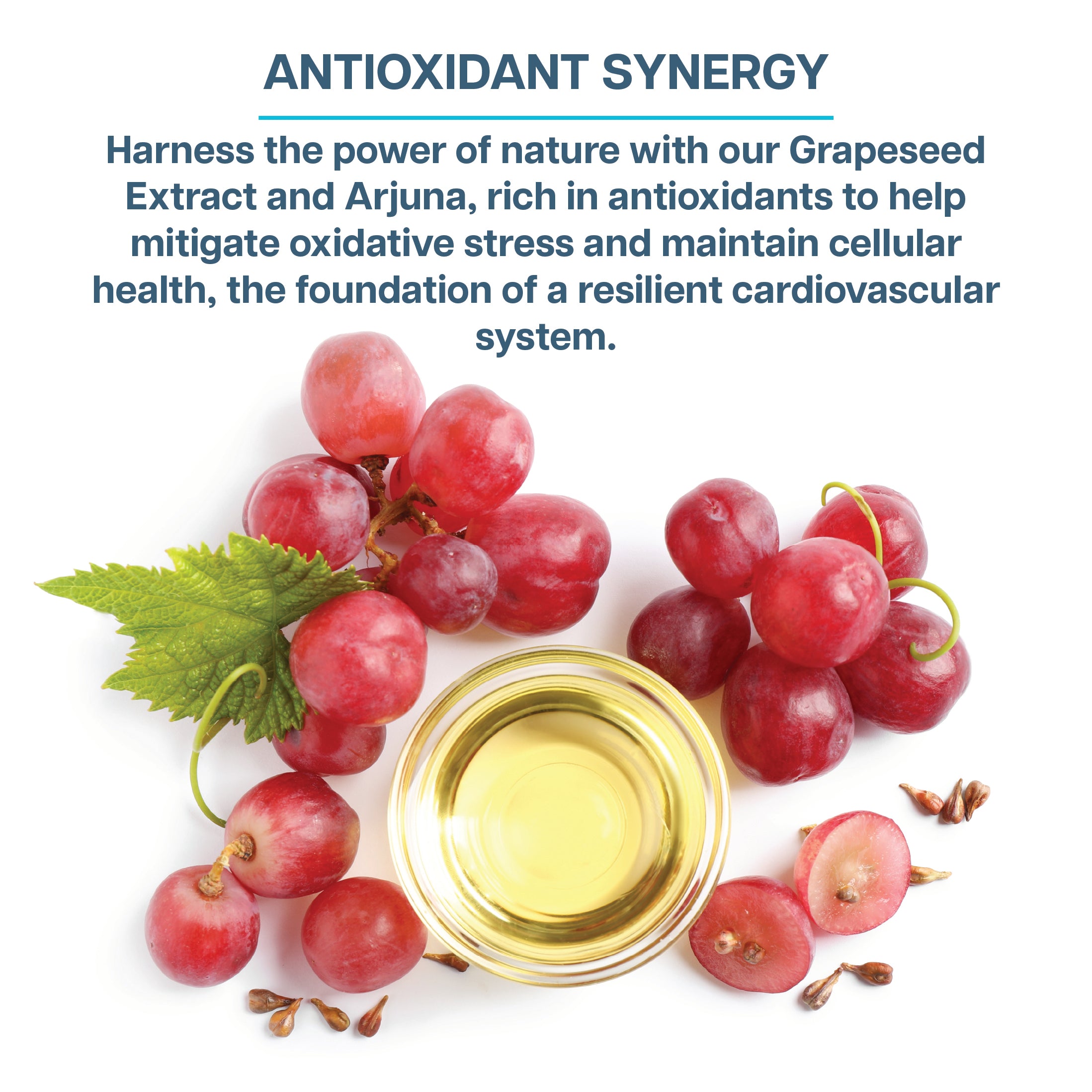
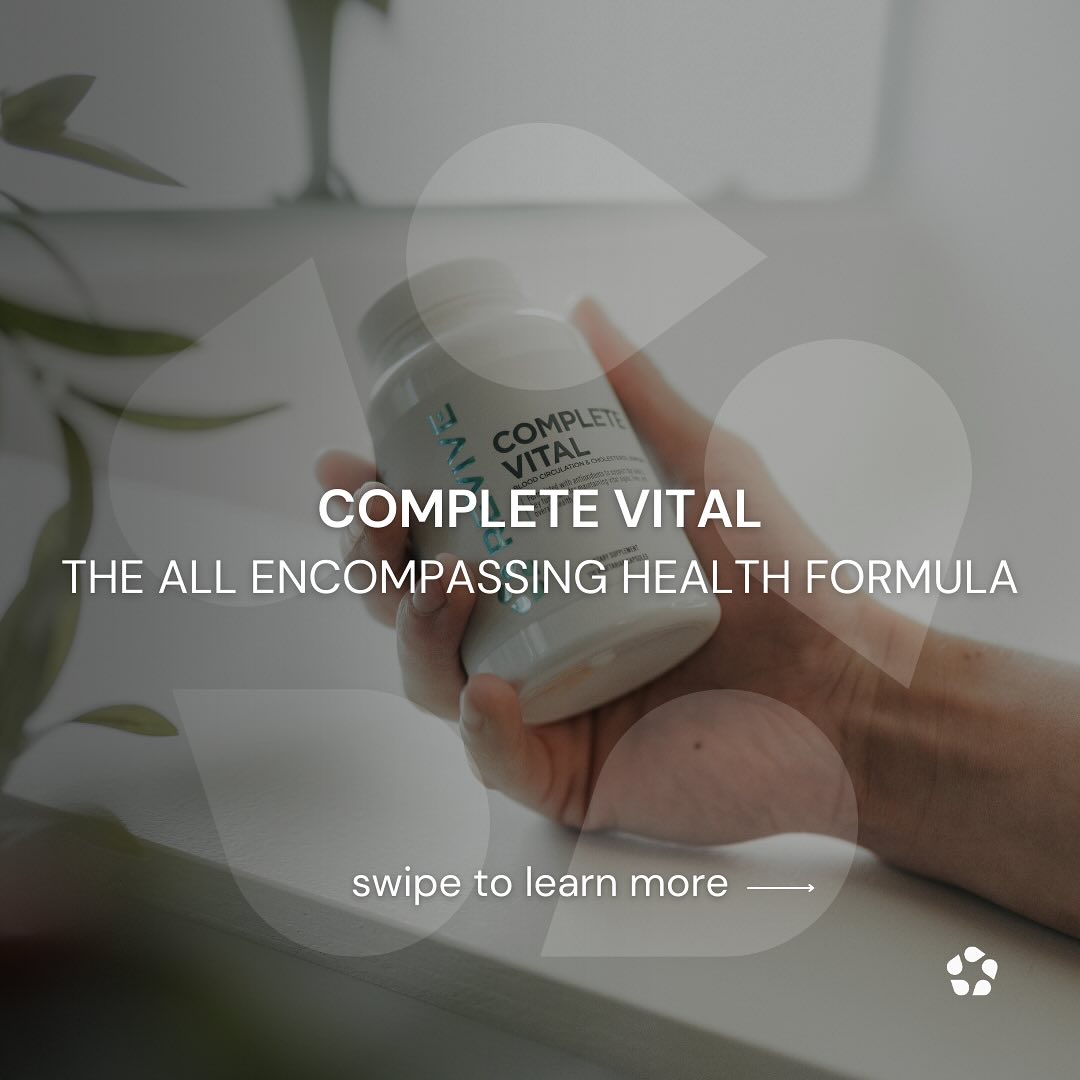
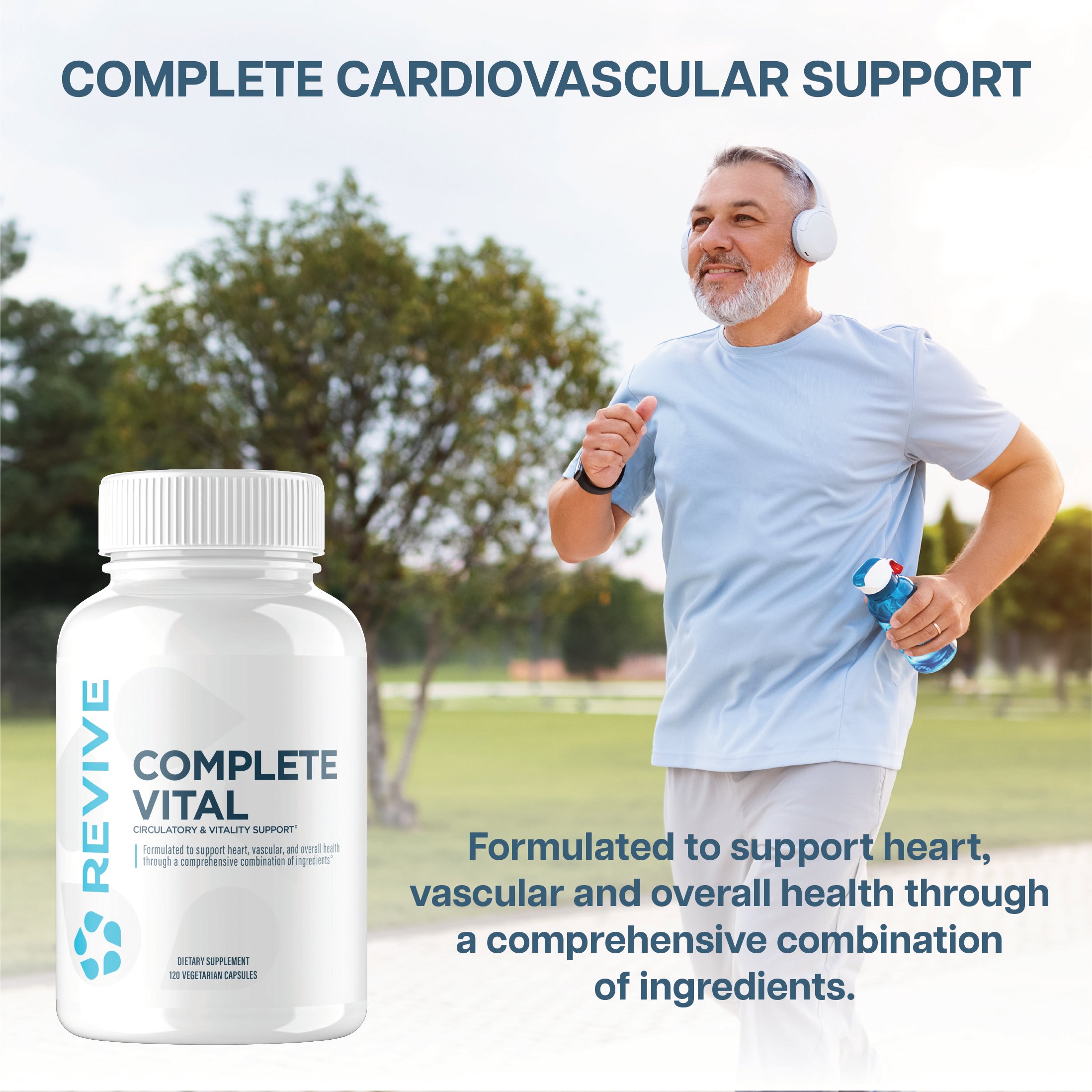
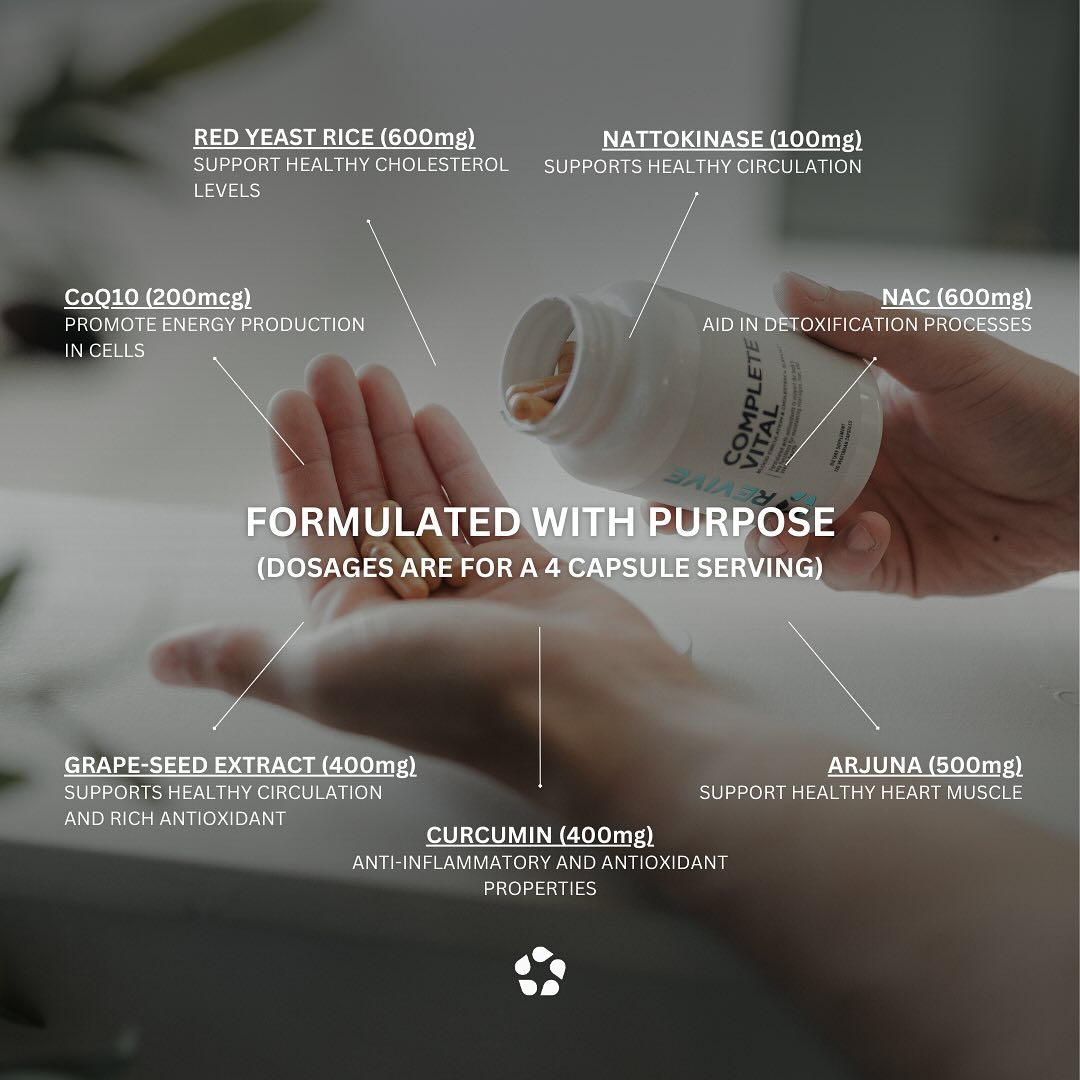
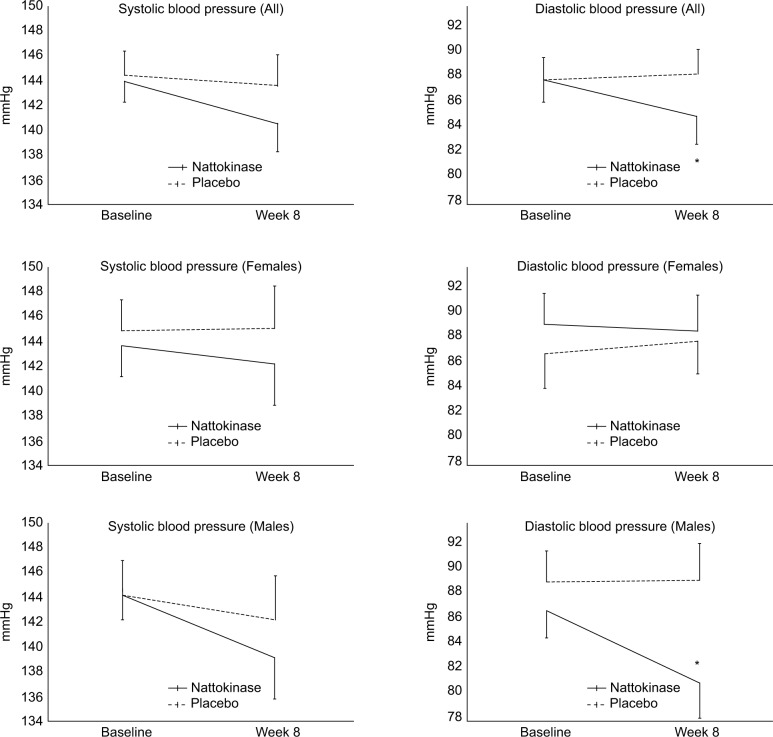
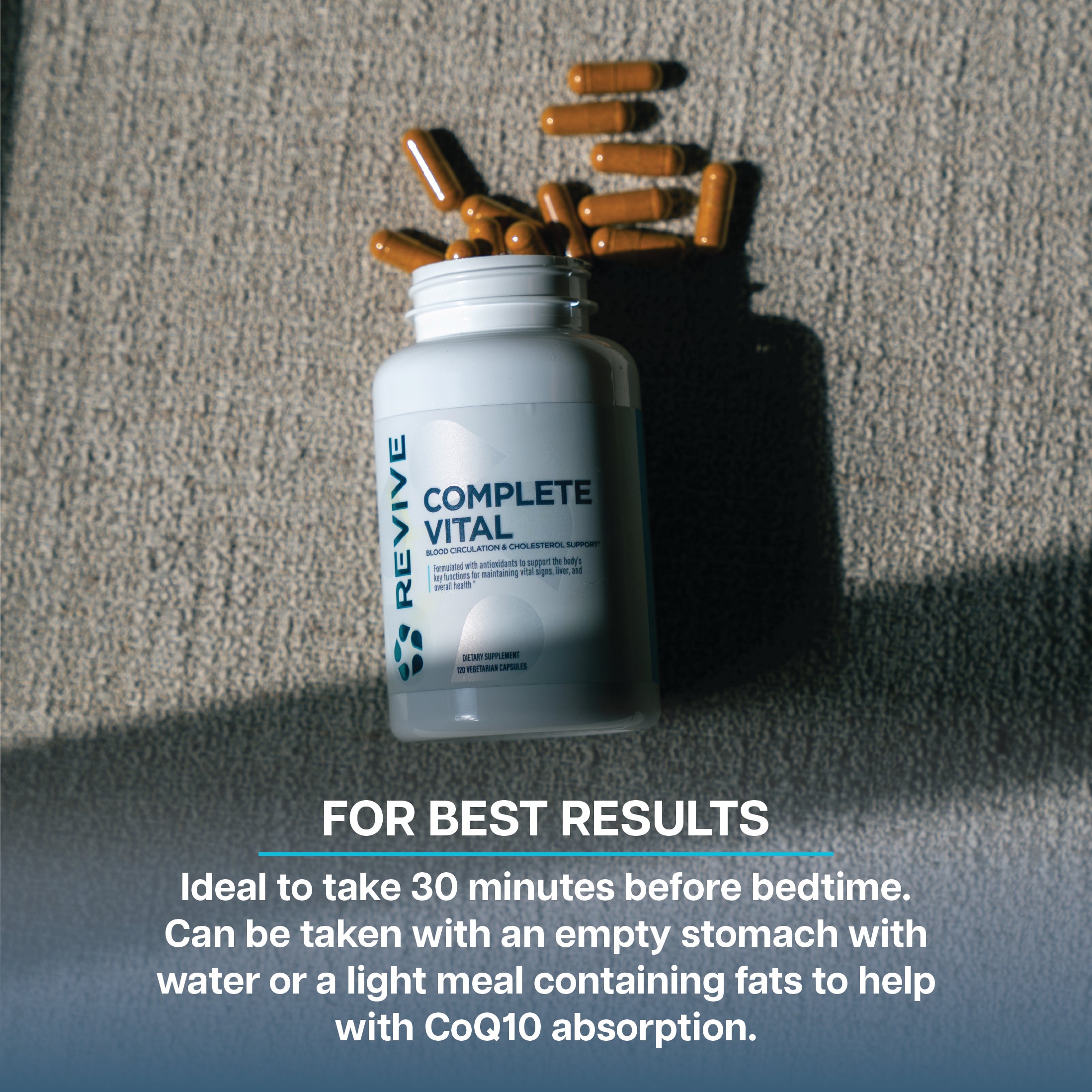
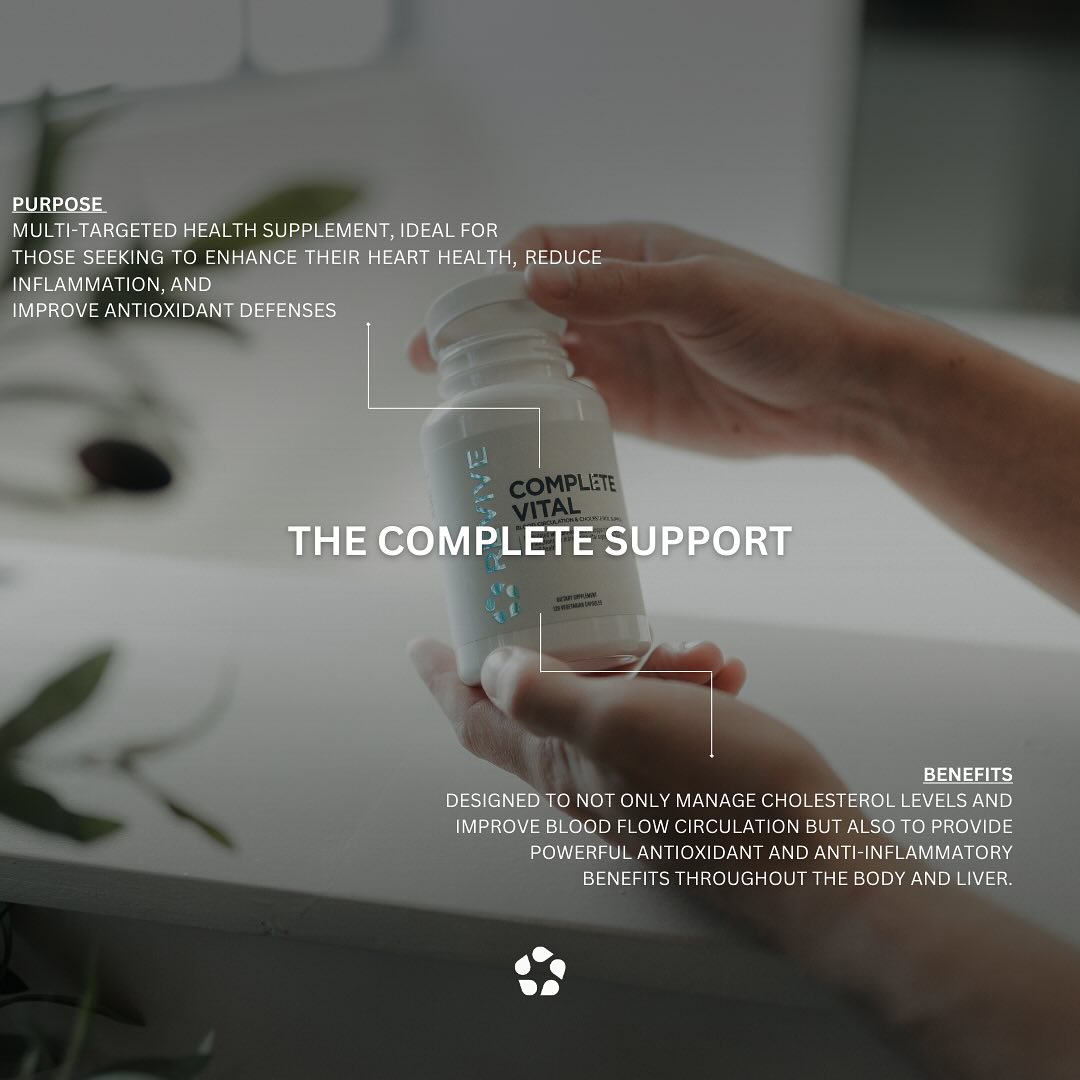


Comments and Discussion (Powered by the PricePlow Forum)